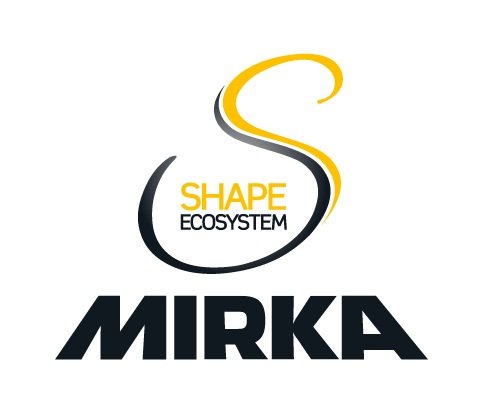Boosting the Green Transition: The power of ecosystems, co-innovations, and start-ups
The need for sustainable solutions has never been more pressing. The green transition is not just a trend but a necessity, and it requires a collaborative effort from various sectors. In this text we conclude our point of view on how the SHAPE ecosystem, co-innovation projects, start-ups and the Mirka incubator (M.INC) are interconnected elements in driving sustainable development.
Ecosystems - a collaborative approach to sustainability
SHAPE ecosystem is an example of how ecosystems can drive the green transition. This initiative brings together established companies, research organizations, and other stakeholders to reshape the life cycles of products and materials, creating new solutions for the green transition in the manufacturing industry.
To achieve this, SHAPE focuses on extending the life cycles of products and materials by boosting circularity and discovering sustainable material solutions. It pilots new business concepts and processes for repair, refurbishment and remanufacturing to prolong the life of products. With a focus also on optimizing sustainability throughout value chains, the SHAPE ecosystem leverages intelligence and innovation to achieve its goals.
Supported by a €10 million grant from Business Finland and an additional €20 million for ecosystem companies, this initiative has grown to include over 180 members and handles over ten co-innovations.
Co-innovations for sustainable development
Co-innovation projects are at the core of the SHAPE ecosystem. By working together with a mixture of initiatives from research, entrepreneurs, startups, and established companies, the ecosystem fosters a culture of collaboration and innovation. These projects enable the sharing of knowledge, resources, and ideas, leading to the development of new and innovative solutions that address complex sustainability challenges. This collaborative environment generates a wealth of needs, ideas and project results, which also serve as valuable inputs to the Mirka Incubator (M.INC).
The Mirka incubator nurtures innovation and start-ups
The Mirka Incubator, known as M.INC, is a catalyst for testing, developing, ideating, and creating new business opportunities for Mirka and the KWH Group. Operating as an autonomous business function outside traditional departments like R&D and business development it works with internal and external cases that don't fit into the regular pipeline of product or business development.
M.INC's approach to incubation is holistic, addressing the unique needs of each start-up and innovator. By offering tailored support throughout the incubation process, M.INC ensures that start-ups and innovators have access to the resources they need to succeed. This includes mentorship, funding, and access to a network of industry experts and partners. The incubation is structured into three phases, with reviews after each phase to determine if a case should proceed to the next step. Each case is assigned key milestones and KPIs to structure the work and evaluate progress effectively.
The primary objective of M.INC is to identify and support ideas and innovations that boost Mirka’s green transition and maintain its sustainability leadership. This includes innovations in sustainable materials, circular solutions and intelligent and automated value chains. Innovations that prolong the lifecycle of products through repair, refurbishing, and remanufacturing, as well as those that enhance surface preparation or finishing technology, are particularly encouraged.
The SHAPE ecosystem and M.INC work hand-in-hand to nurture and commercialize sustainable innovations. By bridging the gap between research, entrepreneurship, and established companies, M.INC helps driving innovation and creating solutions with a lasting impact on the environment.
For contacts and more information check out the M.INC homepage!
